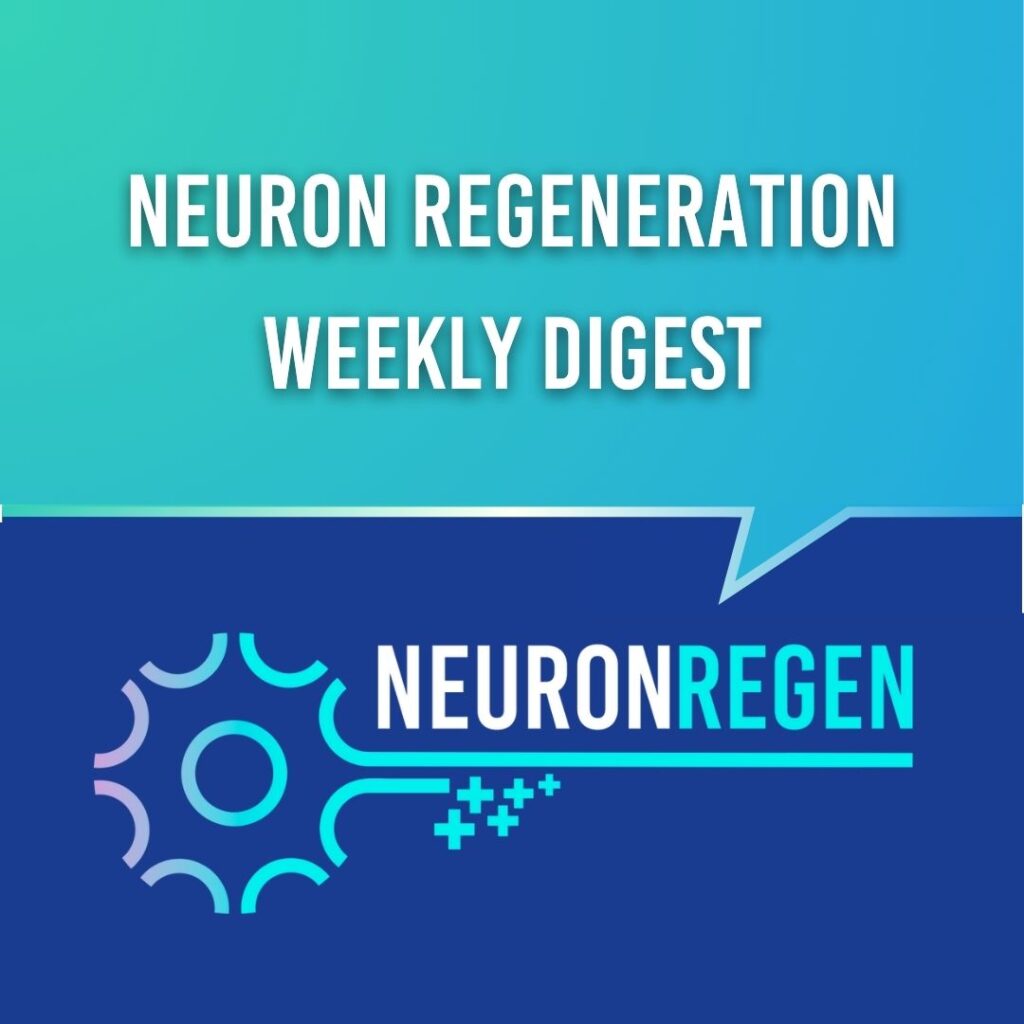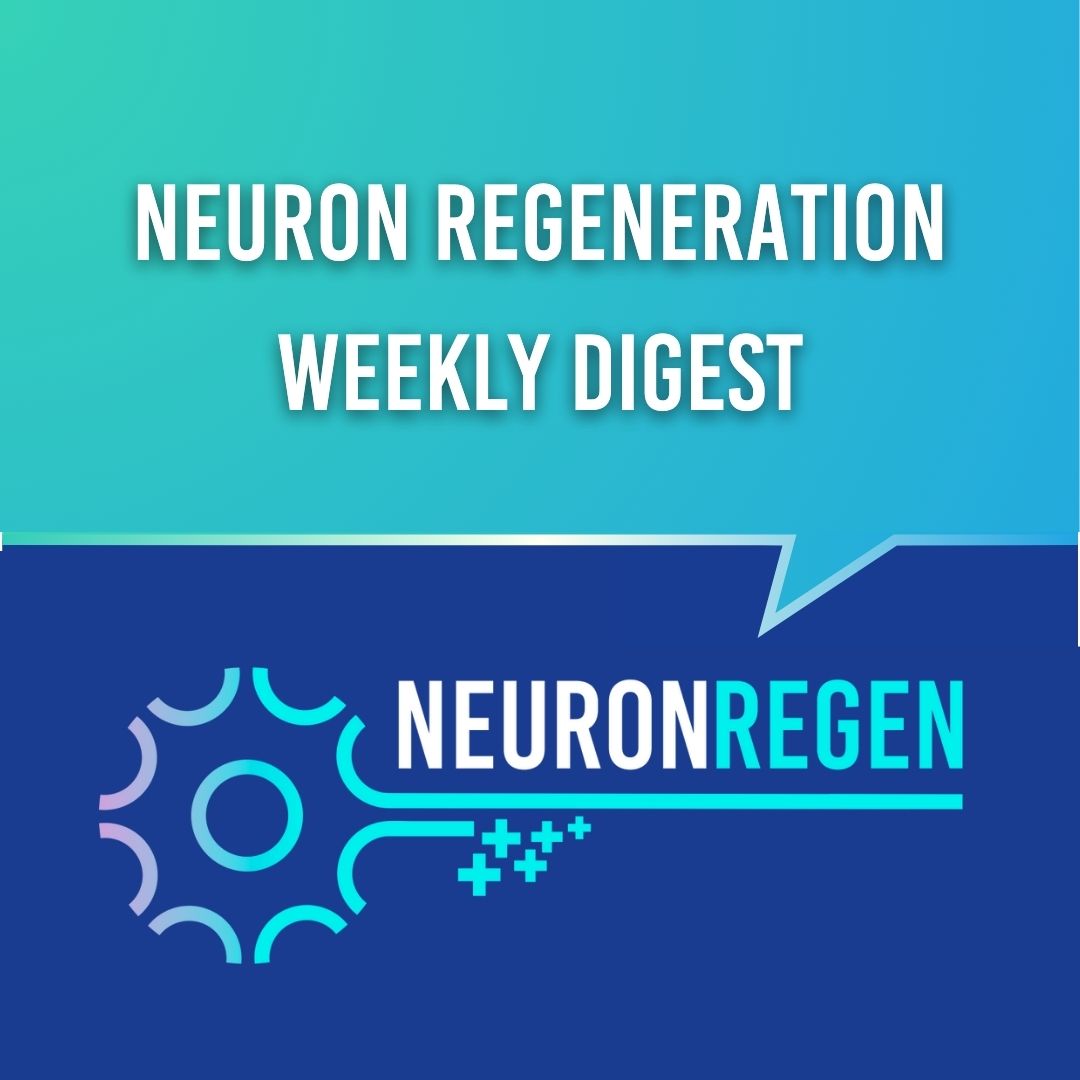The field of nerve regeneration is advancing with new discoveries that harness the body’s natural repair mechanisms and innovative biomaterials to restore damaged neural tissue. Researchers are uncovering ways to enhance cellular energy production, stimulate alternative nerve pathways, and develop bioactive materials that support nerve growth—all of which bring new possibilities for treating spinal cord injuries, peripheral nerve damage, and other neurological disorders.
The studies highlighted below explore three promising strategies in neuroregeneration. Scientists have identified a compound that enhances axon repair by improving glucose metabolism, investigated how activating alternative nerve pathways can promote sensory neuron recovery, and developed bioactive ion-releasing fibers that support neural cell growth. These findings mark important steps toward more effective therapies in neuroregenerative medicine.

1. Harmine promotes axon regeneration through enhancing glucose metabolism
New research highlights harmine’s role in axon regeneration by enhancing glucose metabolism and mitochondrial function. By optimizing energy supply, harmine supports nerve repair in injured neurons, offering a promising approach for treating spinal cord and sciatic nerve injuries.
2. Creating Alternative Afferent Input to Facilitate the Regeneration of Injured Primary Afferent Neurons
New research suggests that stimulating intact nerve pathways can promote the regeneration of injured sensory neurons. By using a synapse organizer, scientists were able to enhance nerve repair in the trigeminal system, offering a potential new strategy for treating mandibular nerve injuries.
3. Physical properties of zinc, silver, or cerium ion doped borate glass incorporated PCL/gelatin electrospun fibers and their interaction with NG108-15 neural cells
Researchers have developed electrospun fibers infused with zinc, silver, or cerium-doped bioactive glass, showing promising potential for neural tissue engineering. These fibers support neural cell growth and alignment, while their mechanical properties match those of native neural tissue. Future studies will optimize ion concentrations to further enhance neural regeneration.
If you’d like to stay informed of the latest publications and breakthroughs in neuron regeneration, join our email newsletter to the right (or below on mobile). We send out weekly updates with the latest papers and studies, as well as podcast episodes with the people driving Neuroregenerative breakthroughs.

